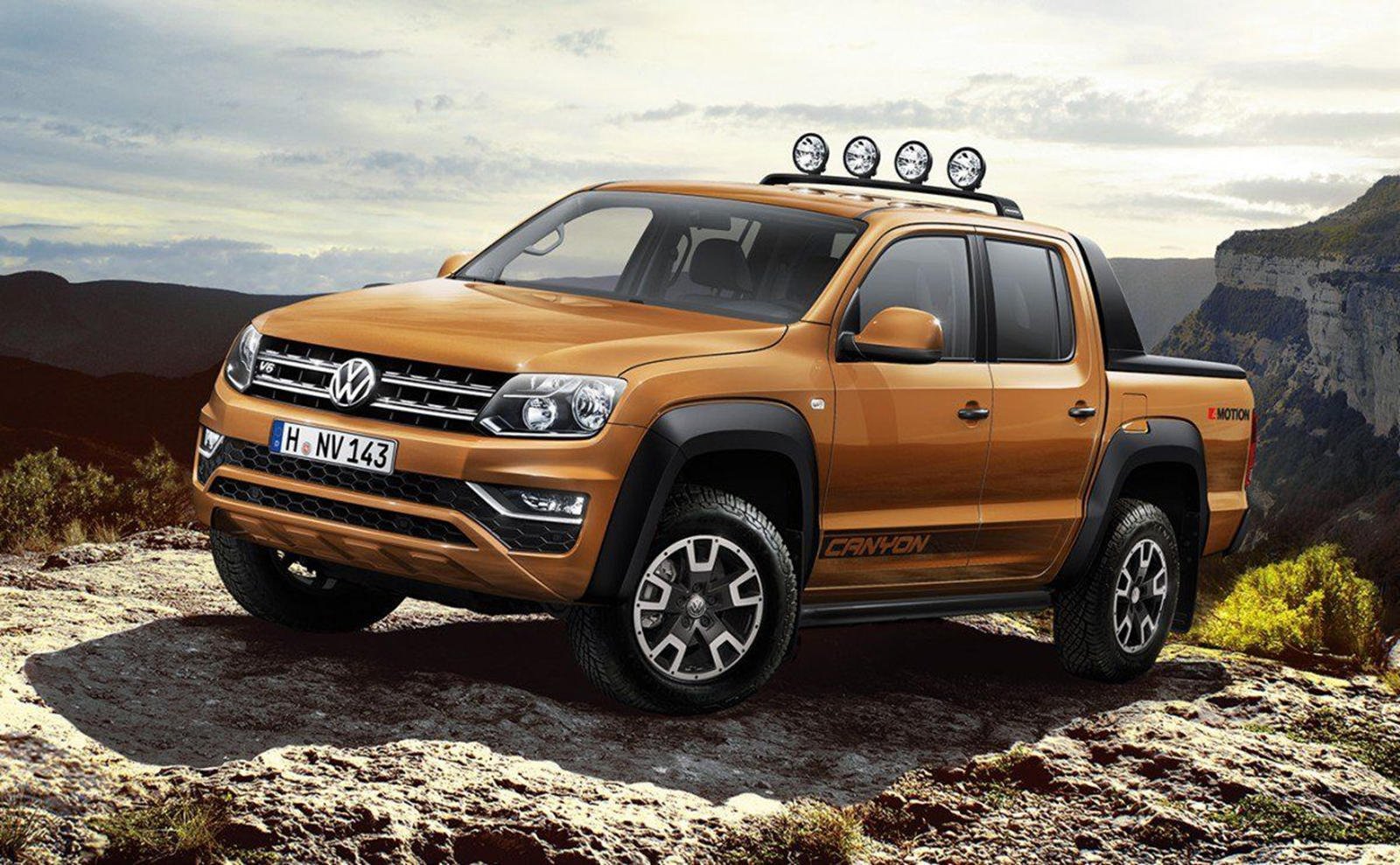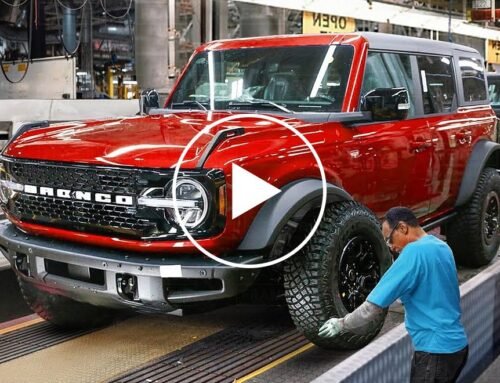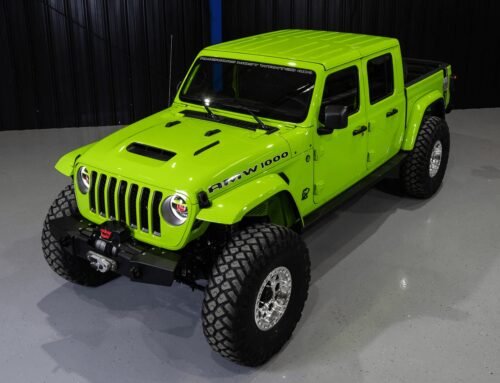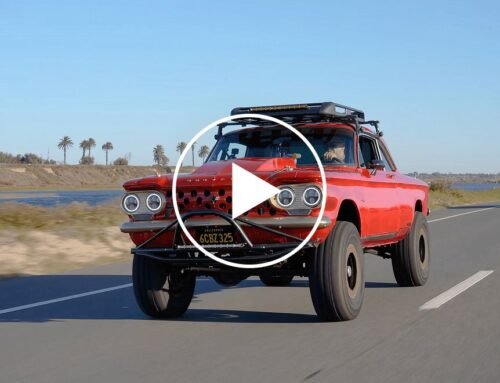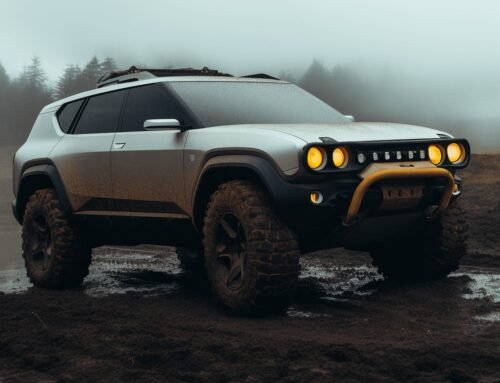These are the trucks we want to but can’t buy in America.
If there’s one thing America does well, it’s trucks. They dominate US automotive sales, and as a result, the race is always on to build bigger, better, stronger, and more aggressive trucks. The truck is an everyday lifestyle choice for many Americans, and an entire mainstream culture has built itself around it. Few countries outside of America have fuel as cheap as we do and the financial means to afford large displacement V8s, giving American trucks another USP over and above foreign-market attempts. For those not already in the US market, it’s tough to catch a break, with conservative styling, and frankly, weak capabilities making these machines less palatable to the US buyer. But they’re not all bad, in fact some are downright brilliant. But thanks to something called the ‘Chicken Tax’ – a tax going back to the “Chicken War” of 1961-1964 that adds a 25% tariff to imported light trucks, it’s often financially not viable to import these trucks to the US. Regardless of the reason why America doesn’t get these trucks, these are the pieces of forbidden fruit we wish we could get our hands on.
 Volkswagen
Volkswagen
Volkswagen Amarok
Volkswagen’s mid-size pickup truck went into production in 2010 and is available only in European, South American, and African countries. Despite its svelte looks, the Amarok is a body-on-frame truck powered by either a four-cylinder diesel or gas engine or a diesel V6. It’s a premium truck designed to be robust and comfortable off-roading. The reason it never came to the US is that tariffs make it too expensive to import, and, to quote a Volkswagen executive on the matter, “It’s too good and, therefore, too expensive.”
The Amarok is being retired from production everywhere but Argentina. However, reports say it will come back quickly via a deal with Ford and will be built on the next-gen Ford Ranger’s platform. That means we could yet see an Amarok come to market as a premium version of the Ranger.
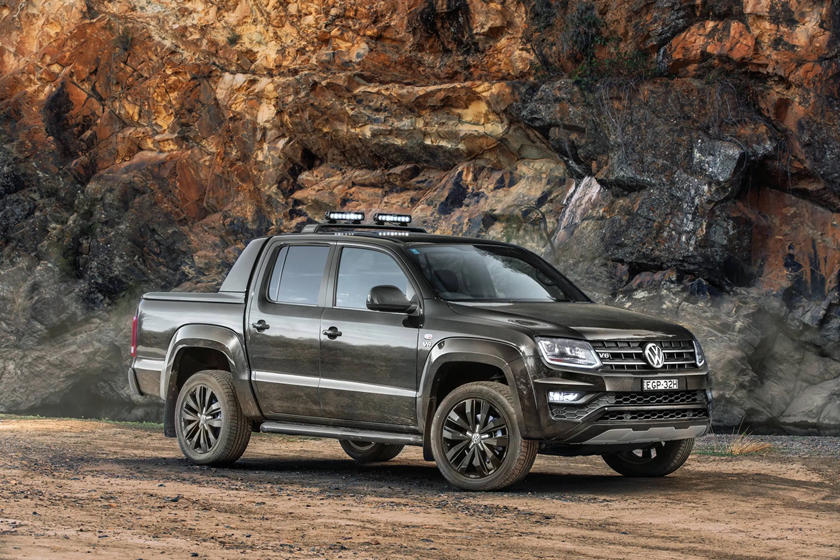 Volkswagen
Volkswagen
 Volkswagen
Volkswagen
 Volkswagen
Volkswagen
Toyota Hilux
Toyota markets the Hilux as “The world’s toughest pickup,” and if you’ve seen the original Top Gear’s legendary segment on the TV show where they try to kill one, it’s hard to argue with that claim. Yet, in a country where toughness is a key ingredient in a truck, we haven’t had a Hilux model since 1995. We do have the Toyota Tacoma, which is mechanically related, a few inches shorter, and has a V6 option, but doesn’t have a diesel engine or single cab option, both of which are available on the Hilux. The Hilux has a larger towing capability of around a thousand pounds, too. There’s no hard reason we don’t have the Hilux, but it’s probably down to cost and what Americans want as a whole. The Tacoma sells very well for Toyota, a single cab would be an option if Toyota’s market research said people wanted it, and if people want to pull more, they tend just to buy a bigger truck. The Hilux, in all likelihood, will remain forbidden fruit in the USA.
 Toyota
Toyota
 Toyota
Toyota
 Toyota
Toyota
 Toyota
Toyota
Mazda BT-50
The BT-50 got a long-overdue overhaul recently, now sharing a platform with the Isuzu D-Max midsize pickup, although previous versions shared underpinnings with the Ford Ranger. It still won’t be sold in Japan or North America, though, and where it is available, it comes with either a 1.9- or 3.0-liter diesel engine. The new generation uses Mazda’s Kodo design, which we’re familiar with on its crossovers like the CX-5 and CX-9. Mazda doesn’t see a business case for the BT-50 in the US, despite the boom in lifestyle vehicles. It’s generally known as a workhorse, hence the diesel engines, which is yet another reason it wouldn’t go down well in the US. Its biggest market is in Australia, and because rural and regional dealers rely on the BT-50, Mazda sought a new partnership to give the truck another generation after its collaboration with Ford ended. It may be one of the best looking midsize pickups around, but sadly it’s one we’ll have to admire from afar.
Mercedes-Benz X-Class
The Mercedes-Benz X-Class has just gone out of production due to low sales. It was a grand idea to build “the world’s first true premium pickup truck,” but apparently, the world just wasn’t ready for it. Several of the CarBuzz staffers have driven the X-Class abroad, though, and the truth is it wasn’t just about readiness – the X-Class wasn’t all that good. It looks great, but it lacked the quality of a Mercedes product and, aside from the range-topping diesel V6, didn’t have the refinement or power to truly justify the price tag. It was also built on the bones of the foreign equivalent to the Nissan Frontier, meaning it wasn’t a genuine Mercedes product.
It still might have succeeded here, though, as the US has a penchant for driving expensive, premium trucks. The German automaker might have come to that conclusion as well, but an expensive truck that then has to face the 25 percent tariff on light trucks imported into America ultimately stood no chance.
 Mercedes-Benz
Mercedes-Benz
 Mercedes-Benz
Mercedes-Benz
 Mercedes-Benz
Mercedes-Benz
 Mercedes-Benz
Mercedes-Benz
Nissan Navara
Speaking of that foreign Nissan Frontier equivalent, while Nissan has been selling the dated Frontier in the US, the rest of the world has been driving the third-generation Navara. It had a facelift for 2020, but instead of Nissan USA bringing this to our shores, Nissan decided to build the recently-unveiled 2022 Frontier as a separate model entirely, meaning the Navara will never make its way stateside. It appears that Nissan found it more cost and energy-efficient to build North America a whole new truck rather than meet standards across continents and allow the automaker to shape the truck more effectively towards the uniquely American truck market.
 Nissan
Nissan
 Nissan
Nissan
 Nissan
Nissan
 Nissan
Nissan
Peugeot Landtrek
Not only will you likely not have heard of the Landtrek, but many in the US may not even be aware of the Peugeot brand. The Peugeot Landtrek is an interesting beast as it’s not available in Europe, meaning it’s also not available in Peugeot’s home country of France. It’s built specifically for Latin American and African markets where cheap and durable trucks are essential. The Landtrek is built in China in partnership with Changan Automobile and launched in Mexico in 2019. It’s also known as the Changan Hunter in Chile and available with four-cylinder petrol or diesel engines. There has been speculation that the Fiat Chrysler merger with the PSA Group could lead to the Landtrek being rebadged as a RAM product, but even though it looks good in product photography, that seems absurd given it’s built in China as an economy truck.
 Peugeot
Peugeot
 Peugeot
Peugeot
 Peugeot
Peugeot
 Peugeot
Peugeot
Mitsubishi Triton
Mitsubishi is currently in a bad way in the US, to the point we have calendar alerts reminding us the Japanese company is still a thing here. Mitsubishi isn’t exactly thriving elsewhere, but it does have solid offerings abroad. One of those is Mitsubishi Triton, a competitor to the Nissan Navara and the Toyota Hilux. Reviews of the Triton are generally positive and praise for being a pragmatic choice. It’s also available in various trims, including a more luxury based GLS Premium and the sporty-looking GSR. Unfortunately, the GSR trim is an appearance package rather than an off-road spec. However, a more aggressive Predator model has been promised.
 Mitsubishi
Mitsubishi
 Mitsubishi
Mitsubishi
 Mitsubishi
Mitsubishi
 Mitsubishi
Mitsubishi
Fiat Toro
While we mainly know Fiat as makers of small fun cars here in the US, the Italian automaker has a wider footprint in the rest of the work, including passenger trucks and commercial vehicles. Its mid-size truck is effectively a restyled Mitsubishi Triton the brand labels the Fullback, but its even littler Toro is a Latin America-only small lifestyle truck. It’s built on the same unibody platform as the Jeep Renegade and Compass and has remarkably unique styling. The Toro’s standard drivetrain is front-wheel drive with all-wheel drive as an option, along with a choice of four-cylinder gas and diesel engines. There’s also a version available in Mexico called the Ram 700, which could, potentially, come to the US to rival the forthcoming Ford Maverick.

